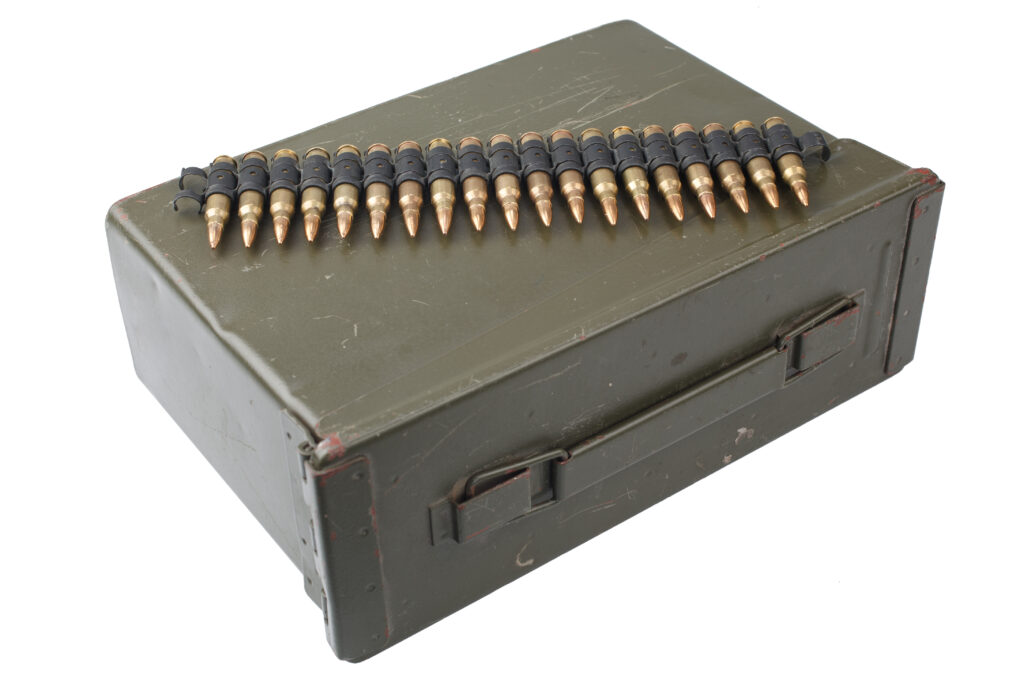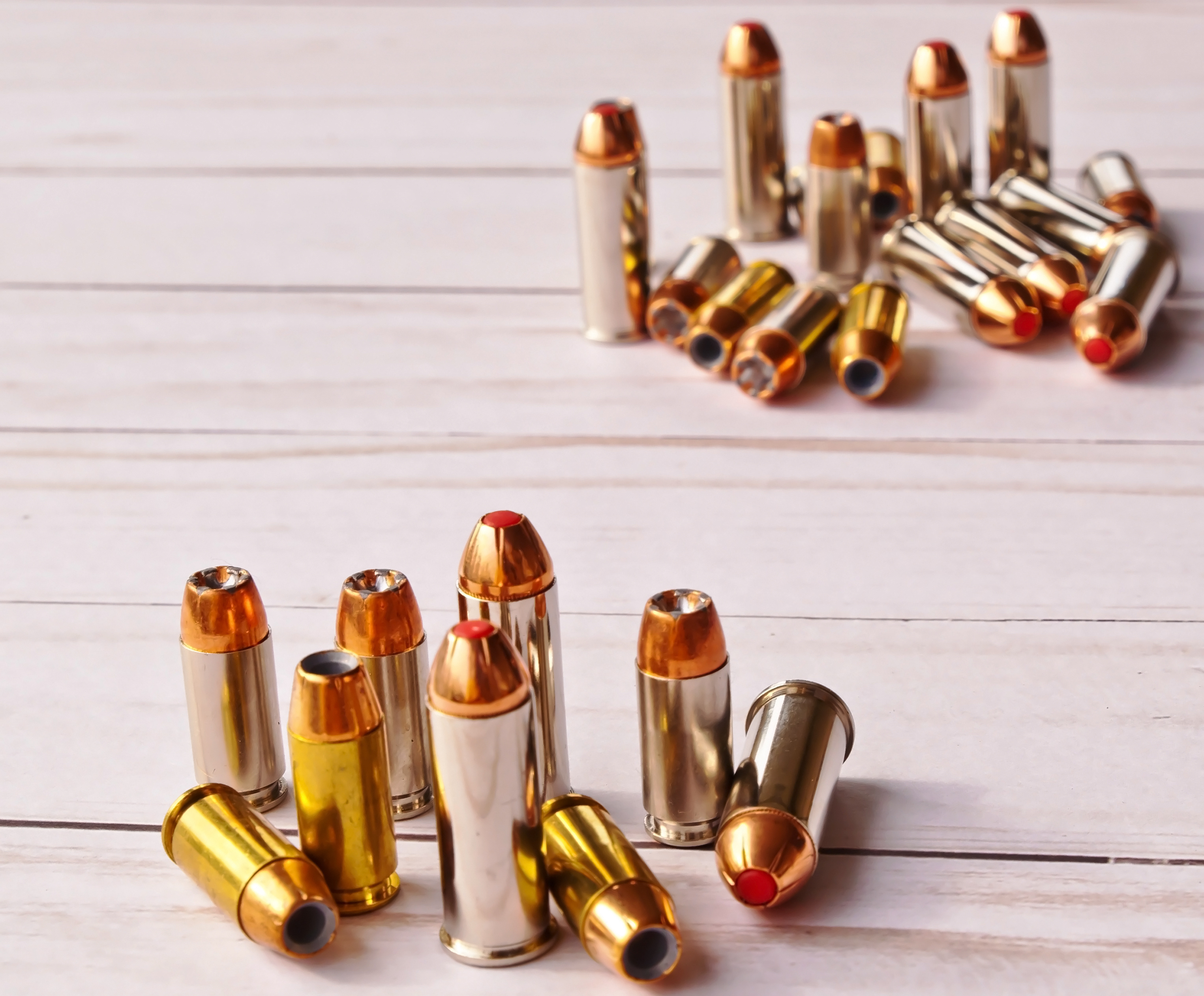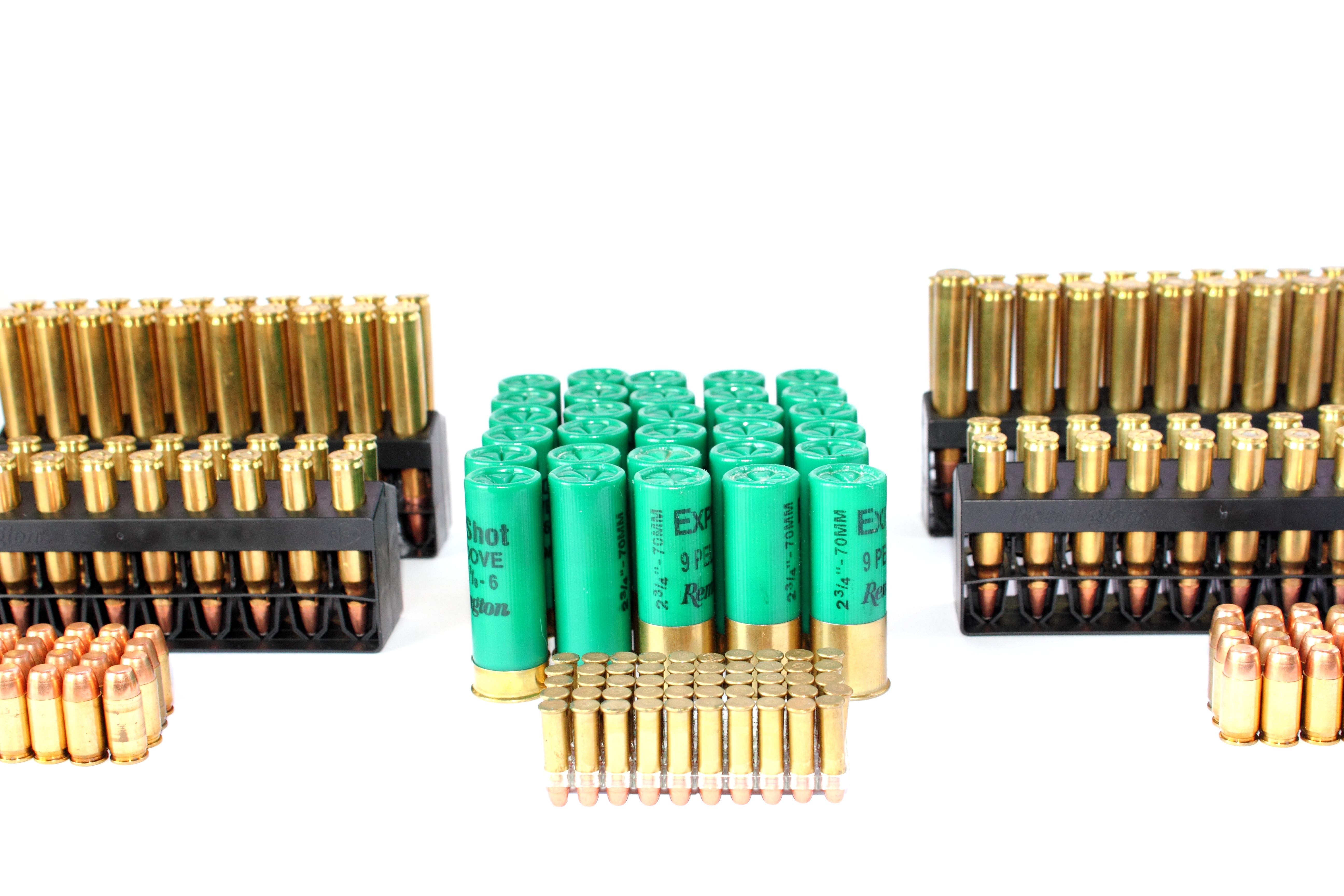
Buying surplus ammo has plenty of benefits, but can it be kept for a long time? Or, like most things, does it have an expiration date?
Surplus ammo is meant to last a decade if newly manufactured, but it can be usable for decades after this date if it’s properly stored. All modern ammunition manufactured within the past 50 years is likely to fire, which includes surplus ammo.
Let’s see why surplus ammo lasts as long as it does and how you can make sure your supply stays good.
Long-Lasting Ammo
When you buy surplus ammo, chances are you do it because you want to buy in bulk. Not only is buying in bulk a cheaper option than buying smaller amounts of ammo, but it saves you from having to worry about ammo shortages, high prices, and your overall supply.
Whether you purchase surplus ammo because you go through rounds quickly, you want to stock up to prep, or because you don’t want to constantly purchase ammunition and risk paying too much money, it’s a good choice to make thanks to ammo longevity.
Ammunition manufacturers guarantee their bullets will last a solid decade. That alone gives you plenty of time to go through your surplus stock.
After the 10-year mark, surplus ammo, like all ammo made in the past half-century, won’t degrade anytime soon. And because you’re buying surplus, you may purchase ammo that has less than 10 years to go before it technically “expires.”
But thankfully, the 10 years is more of a minimum amount of time that you can fire the ammunition, not the maximum. So, even if your surplus ammo is close to passing–or has passed–the 10 years since it was manufactured, you have little to worry about.
That being said, ammo lasts longer and maintains its accuracy when it’s stored in ideal conditions. When it’s not, that’s when you may find yourself in unfortunate situations with wasted cartridges.
And as a bonus, surplus ammo is easy to purchase online from various distributors. Check out these sites to see what prices and ammo stocks work for you.
Why Ammo Lasts A Long Time
Old ammunition used black powder for its propellant, but modern ammunition uses smokeless powder, which lasts much longer than its predecessor.
The bullets themselves are practically sealed, and the other components like lead and brass that make up the bullets are also stable. This means that your ammo won’t oxidize or decay, which would otherwise lead to bad bullets.
The effective sealing also prevents virtually any of the elements from getting inside. It’d take a lot for moisture to creep in, but once it does, the bullets should not be used.

Brass ammo has a better chance of avoiding corrosion than steel ammo, but the differences between the two are marginal when both types have been treated with care. And since steel ammo is far cheaper to manufacture–and thus cheaper to buy–you may want to buy the bulk stock of it because of the lower price.
Basically, ammo that has been manufactured in the last 50 years is likely to work just fine if it’s been kept in good conditions. Militaries frequently use ammo that’s older than a decade, so if it’s good for them, then it’s good for you.
Surplus ammo is no different, except there’s even more that will stay good.
Technically speaking, your bullets just may outlast you.
But to ensure that you could pass down some handy surplus ammo to children or grandchildren if it’s kept for a long time, proper storage is a must to prevent corrosion and degradation.
Proper Storage

Like anything that needs preserving, surplus ammo should be kept in ideal conditions for you to come back to it after years (or decades) have passed. The better you are about keeping your surplus ammo in good storage space, the more likely you are to have ammo stock in supply for a long while.
The main recommendation for getting the longest shelf life out of your ammo? Keep in a cool, dry, place out of direct sunlight.
This may seem obvious, but the smallest steps can actually have the biggest difference for prolonging ammunition usability. The temperature and moisture levels of where your ammo is stored matter.
Why Cool Conditions Matter
The warmer the temperature, the higher the chances of the bullet’s primer and gunpowder being damaged. There’s a common myth that bullets will combust if they’re placed in extreme heat, but this is largely untrue. Really, your bullet’s accuracy will degrade over time due to heat and possibly stop firing altogether.
Keep your ammo stored in a place that also isn’t prone to temperature fluctuations. Sheds, garages, and vehicles are all prone to temperature changes throughout the year, which will again decrease cartridge performance due to the constant exposure.
Why Dry Conditions Matter
Moisture levels in the air can turn your plans for a twenty-year supply of ammo into a five-year supply. Constant humidity increases the likelihood of cartridge corrosion. Keep your surplus ammo in ammo cans to prevent exposure to moisture.
For additional help with humidity and moisture control, you can also toss in a few silica gel packs. Wooden shavings and wooden boxes are good for soaking up moisture as well.
What To Store Ammo In
Ammo cans and containers are the safest places to put your ammunition in when it comes to keeping out moisture. And while you should be sure that they also aren’t put in consistently warm temperatures, ammo cans and containers can also help regulate some exposure in that area as well.
Clean Ammo Cans and Army Surplus Warehouse have plenty of ammunition storage options, but containers are widely available both online and in stores.
For extra protection (and added security), consider purchasing a gun safe to ensure cool, dry temperatures for both your ammo and your guns.
When your surplus ammo is stored with care, you can have an endless supply for the rest of your life. Taking these things into consideration will help you maximize your efforts.